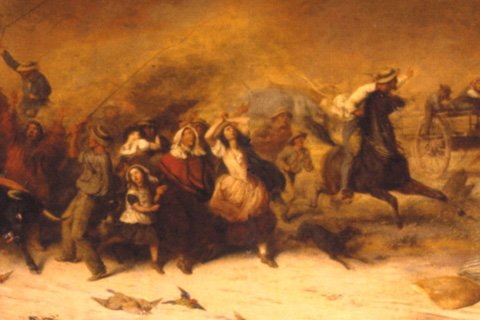A tale of two cityscapes
Some more navel-gazingpost-thesis analysis. Above is a plot of the number of primary sources (1908-1941) I cite by date of publication. (Published sources only, excluding newspaper articles — of which there are a lot — and government documents. Also, it’s not just airpower stuff, though it mostly is.) I actually have no idea if it’s […]


